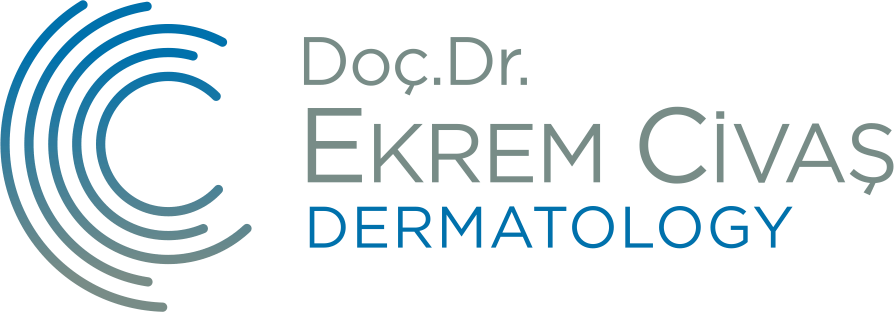How to treat varicose veins with laser?
The laser is a multi-focused beam of light. Laser heat destroys a vein, which turns into scar tissue. This scar tissue closes the vessel. A closed vessel loses blood circulation and dies. So the vein is lost over time. For the greater varicose veins, laser systems are used which are fired from the skin for the thinner veins.
How is laser capillary treatment done?
This treatment is done on the outside of the skin. It can treat capillaries and tiny varices just below the skin’s surface. Treatment takes place in the form of sessions and is performed at intervals of 6-12 weeks. The average number of sessions usually ranges between 2-3 sessions. This is related to the size of the region to be treated with the laser.
What should be considered after treatment?
Redness and swelling may occur during the procedure. This is natural. After the procedure, it is important to use the conditioner recommended by the specialist and to protect the treated area against sunlight. Your doctor will inform you in detail after the laser procedure.
What are the risks of laser varicose and capillary treatment?
The redness after the laser may persist for several hours to several days. Usually no permanent stains or marks are expected. Of course, the risks may vary in relation to the system used and the experience of the practicing physician, as in all applications.
What is the cause of varicose veins?
Heredity is the leading cause of varicose veins, and this usually affects more than one family member. Other factors include certain life events, such as pregnancies, accidents, or long standing, occupational jobs.
Are varicose veins and capillaries dangerous?
In addition to the effect on pain and quality of life, varicose veins cannot heal themselves. In fact, it gets worse over time. If the varicose veins are not treated, the color of the skin becomes darkening, chronic swelling and treatment of varicose veins is a difficult treatment.
Capillaries rarely cause serious health problems, but they cause irritating conditions in the leg. According to US Health and Human Rights Services, 50-55% of women and 40-45% of men have vascular problems. Half of people over 50 are dealing with varicose veins.
When and in what condition should I show my veins?
Pain, cramps, itching, burning, swelling, fatigue and restlessness in the legs should be consulted for treatment. These symptoms usually deteriorate after standing all day long and can reduce mobility and affect your day.
How does the doctor diagnose?
By examining the ultrasound examination or direct problematic area, the expert doctor thoroughly understands the patient’s onset of headache and prepares a treatment plan appropriate to the patient’s own condition. Periodical control is provided during treatment. Provides the patient with the necessary options for treatment.

